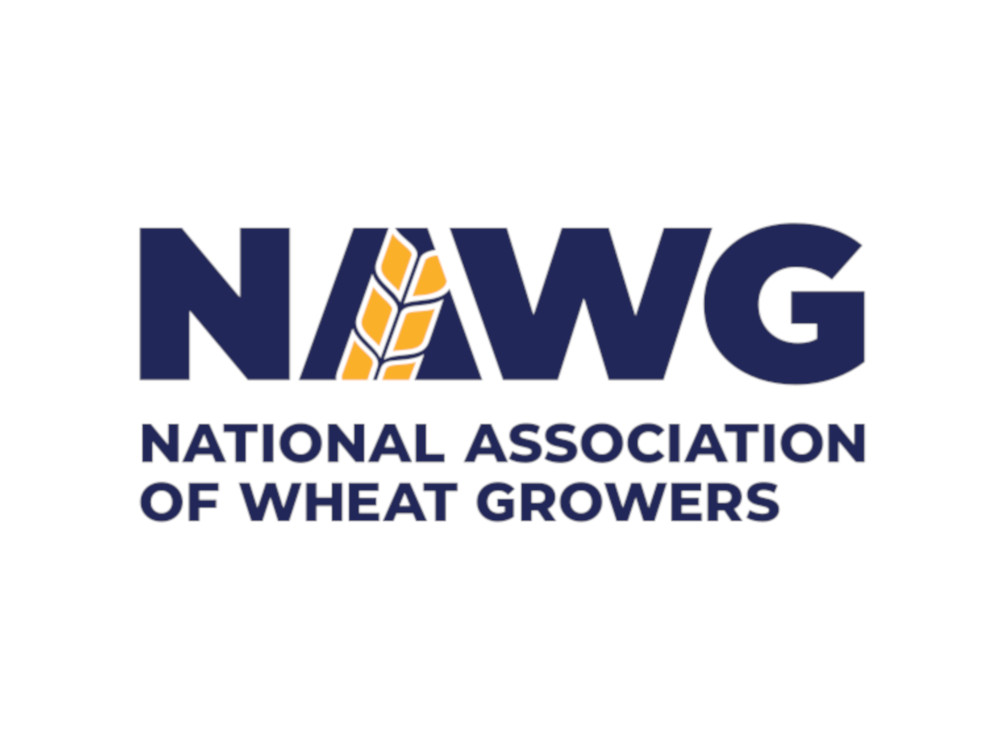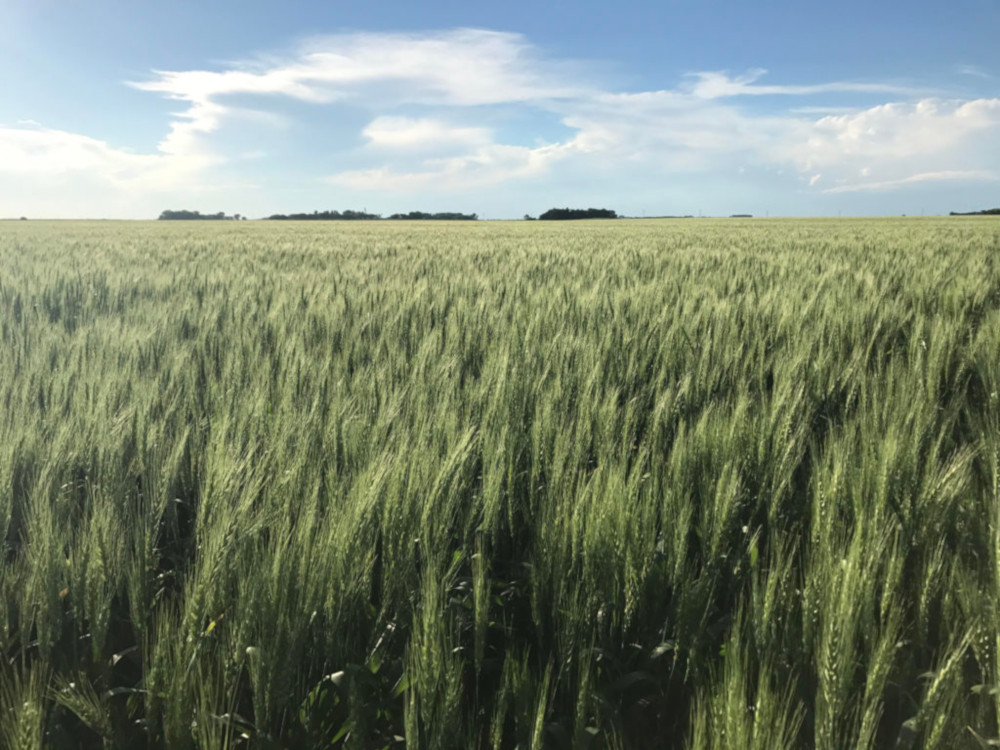An ancient technology is coming out of the stone age and into the new age as consumers begin to understand the health benefits of whole grains through stone milling. The Northern Crops Institute (NCI) is helping educate and train future operators through a new course they began offering in 2024 that provides hands-on experience on how to operate a stone mill.
“Before we even designed this course, we spent one and a half years researching the stone milling process,” said Dr. Amrita Ray, NCI milling specialist. “We worked on a stone mill and different aspects that a local, small-scale baker or miller would want to better understand in their operations.”
The objective of the course is to better understand the mill, how to produce the flour desired, understand physical and chemical characterization, conditional requirements and methods and flour utilization in product.
“Everything we have learned during our extensive research on stone milling we are sharing with the participants,” Ray said. “In addition to the lectures, we go into the labs here at NCI and physically get to do and test the things we were discussing earlier in the day.”
The course is geared for custom millers, artisan bakers, food scientists and farmers or producers thinking about adding value to what they grow. One such farmer is Brenda Chisholm of Chisholm Farm Trail in Gary, Minn., who took part in the course in summer 2024. Brenda and her family grow the traditional rotation of corn, soybeans, alfalfa and wheat on their farm, but also a variety of ancient grains including emmer, einkorn, millet, buckwheat, oats and rye. Looking for a way to diversify their farming operation, the Chisholms are in the process of setting up shop to process their wheat berries and sell them directly to consumers in the spring of 2025.
In addition to selling wheat berries, the Chisholms will be installing a stone mill to mill and sell their own flour from the crops they grow. They chose a stone mill over the more modern roller mill because of the additional nutritional properties that come along with the process.
“What we discovered is the nutrient value remains better intact if it’s stone milled because there’s less heat involved,” Chisholm said. “The bran, endosperm and germ all remain intact in stone milling as well, which provides a healthier, easier to digest product,” she added.
However, the key difference that has made roller milling the go-to method over stone milling is that the separation of the bran and germ from the endosperm allows the product to be more shelf-stable, whereas stone milled flour only lasts about a week unless kept in an air-tight container or frozen, according to Chisholm.
Learning curves
One of the biggest challenges for the Chisholm family in their unique operation is growing the grains that will eventually head to the stone mill. While they grow well in the region, there aren’t a lot of other producers growing them, which means less resources and farmers to lean on for experience.
“This part of the country is known for growing some of the best wheat varieties, but the problem is there aren’t a lot of people growing the ancient grains such as buckwheat or einkorn,” Chisholm said, “so there’s a bigger learning curve because there’s so few resources available.”
And while grains and the stone milling technology are ancient, the course came to life because of the trending interest in whole grains as consumers shift their focus to better nutrition and less processed foods.
“It’s old technology that not everyone is aware of, so we had the opportunity to refine it and bring it back to life to help meet those consumer demands and health needs,” Ray said.
The first two stone milling courses that NCI offered last year averaged between 15-20 people with participants coming from across the country. The next course is planned for April 2025.
“The course itself was just fantastic because you can’t find that information and resources on stone milling just anywhere,” Chisholm said. “All of the other participants in my course were saying how lucky we were to have this opportunity and have a resource like NCI in our backyard.”
Not only is interest growing in the stone milling course, but previous participants have reached out to NCI about their interest in an advanced course, which Ray says is possible in the future, especially as they upgrade to more advanced, automated stone milling equipment.
And as the stone milling process rises out of the stone age, Chisholm believes consumers will be better connected to the food they are eating and develop new markets for farmers, which is a win-win for agriculture.
“With more emphasis continuing to be placed on what we eat and what’s in our food, we’re seeing a rise in people’s interest in whole grains, and that’s going to support the stone milling industry and agriculture as a whole,” Chisholm said. “When they pick up a bag of flour and it just says, ‘hard red spring wheat,’ that’s huge for people.”





